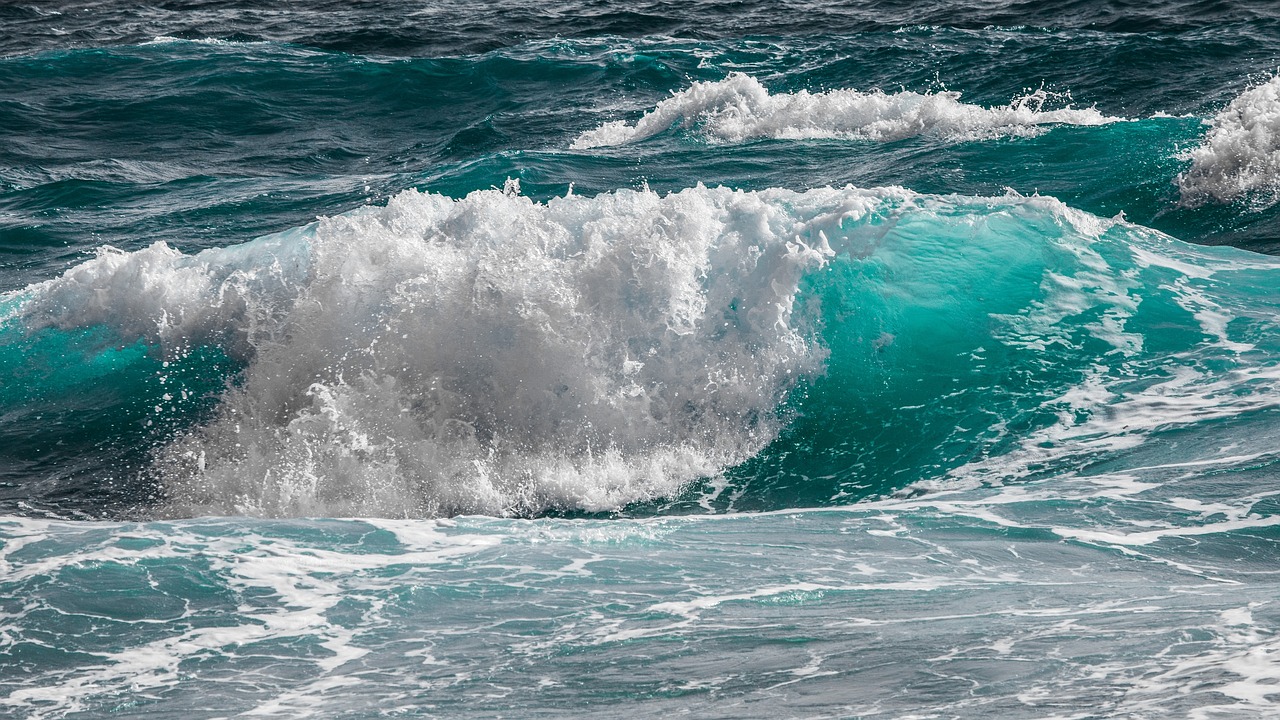When describing a biome, there is a lot to consider as it is the biggest biome of the six that makes the earth. Other biomes include freshwater, forest, grasslands, deserts and tundra. Due to the fact that water is considered the basis and basic structure of all life, both freshwater and the marine biome are considered to be extremely important as it plays a crucial role in all life.
Firstly, a biome is defined as a delineated geographical area that contains both animal and plant species that are specifically adapted to their environment and cannot survive anywhere else or will struggle to survive in any other environment.
While water covers most of the earth’s surface, the saltwater marine environment includes oceans, estuaries and coral reefs, which is home to thousands of different and unique species.
Facts About the Ocean
As the biggest and most diverse factor in the marine biome, oceans are separated into benthic, abyssal, pelagic and intertidal zones.
These four zones each have distinct features which divide the ocean into four parts.
The Intertidal Zone – The point where oceans and shore meet and serve as the habitat for seaweed, algae and small animals such as birds.
The Pelagic Zone – This zone refers to the open ocean and is home to all fish, marine mammals, seaweed, as well as plankton.
The Benthic Zone – Situated below the pelagic, the benthic zone includes sand and dead organisms on the ocean floor. It is referred to as a nutrient-dense area and serves as a habitat for an array of marine species.
The Abyssal Zone – Known as the deepest and coldest part of the ocean, the abyssal zone includes a lot of undiscovered areas in the ocean, as well as undiscovered species. This zone has nutrients that reside in the deepest parts of the ocean where it serves as food to fishes and invertebrates that are able to survive in the dark. These zones have often been linked to sea monsters and creatures that remains either mythical, are thought to have gone extinct millions of years ago and undiscovered species.
Coral Reefs
As one of the most amazing and beautiful habitats of the ocean, coral reefs are divided into three parts and include some of the most important species that play a role in maintaining proper oxygen and carbon dioxide levels in the atmosphere. These parts include fringing, atoll and barrier and can mostly be found in shallower, warm waters. Organisms include corals, polyps and algae and a variety of fish species.
Estuaries
Serving as the point where saltwater meets freshwater, combining two important habitats, estuaries includes an array of animals and plants such as seaweeds, grasses, tropics, mangroves and so much more.
Get water cooler prices and water machine from Living-Water in London.






